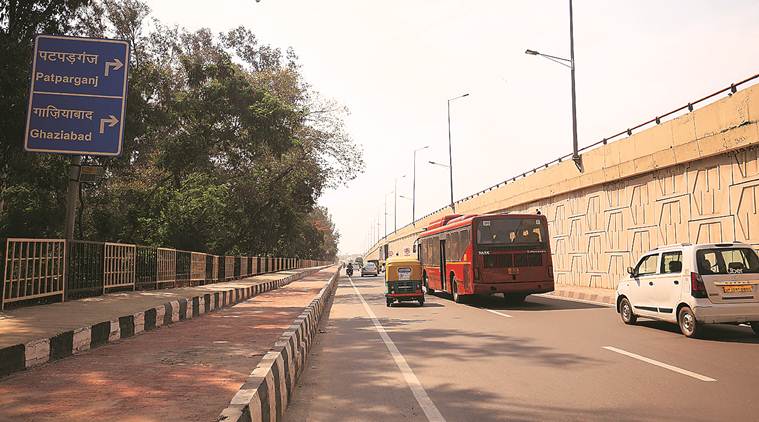
In a chapter in his 2008 book Capital Vignettes, journalist R V Smith wrote: “Mention Patparganj and people wrinkle their noses and wonder, ‘where the hell is it’.” Much before the area across the Yamuna became a bustling residential and industrial area, Patparganj was a battlefield.
On September 11, 1803, began a three-day-long battle, with the British troops on one side and the Marathas and Mughals on the other. “The British were successful and after three days, Delhi was theirs,” writes Smith in his chapter titled Patparganj — Then and Now!
In fact, to commemorate their victory, the Britishers built a stone pillar in 1916 called the “Victory Pillar” with the inscription: “Near this spot was fought on Sept 11th, 1803, the Battle of Delhi, in which the forces of the Mahrattas commanded by M Louis Bourquian were defeated by the British Army under General Gerard Lake.”
Today, the pillar stands in the middle of the Noida Golf Course, close to a tee-off point, with access limited to avid golfers and officials.
“A golf ball might hit you, even I haven’t seen it,” said a Noida Golf Course official on being asked permission to see the stone pillar on a weekday afternoon. In fact, till 1989, the Victory Pillar was hidden from sight and the inscription unreadable, till the Noida Authority restored it, wrote Smith.
Even though the battle is well-recorded, little is known about how Patparganj, which has existed since the pre-Mughal era, really got its unique name.
Smith writes: “Francois Bernier who came during the time of Shah Jahan mentioned that among Delhi’s faubourgs or isolated pockets of habitation was Shalimar in the North and Shahdara and Patparganj in the East.”
Over the phone, 84-year-old poet and Urdu critic Shamsur Rahman Faruqi solves the mystery about the name. “In Urdu, the word ‘patpar’ means low-lying land that cannot be cultivated, and ‘ganj’ means market. This is how the area got its name. There were dense forests there and that’s how the Marathas and the Mughals lost the battle.
Their regiments were scattered, and there was no coordination. Till the late 19th Century, there was no cultivation done there,” said Faruqi, who has written about the Battle of Patparganj in his 2006 book Kai Chand The Sar-e-Aasman.